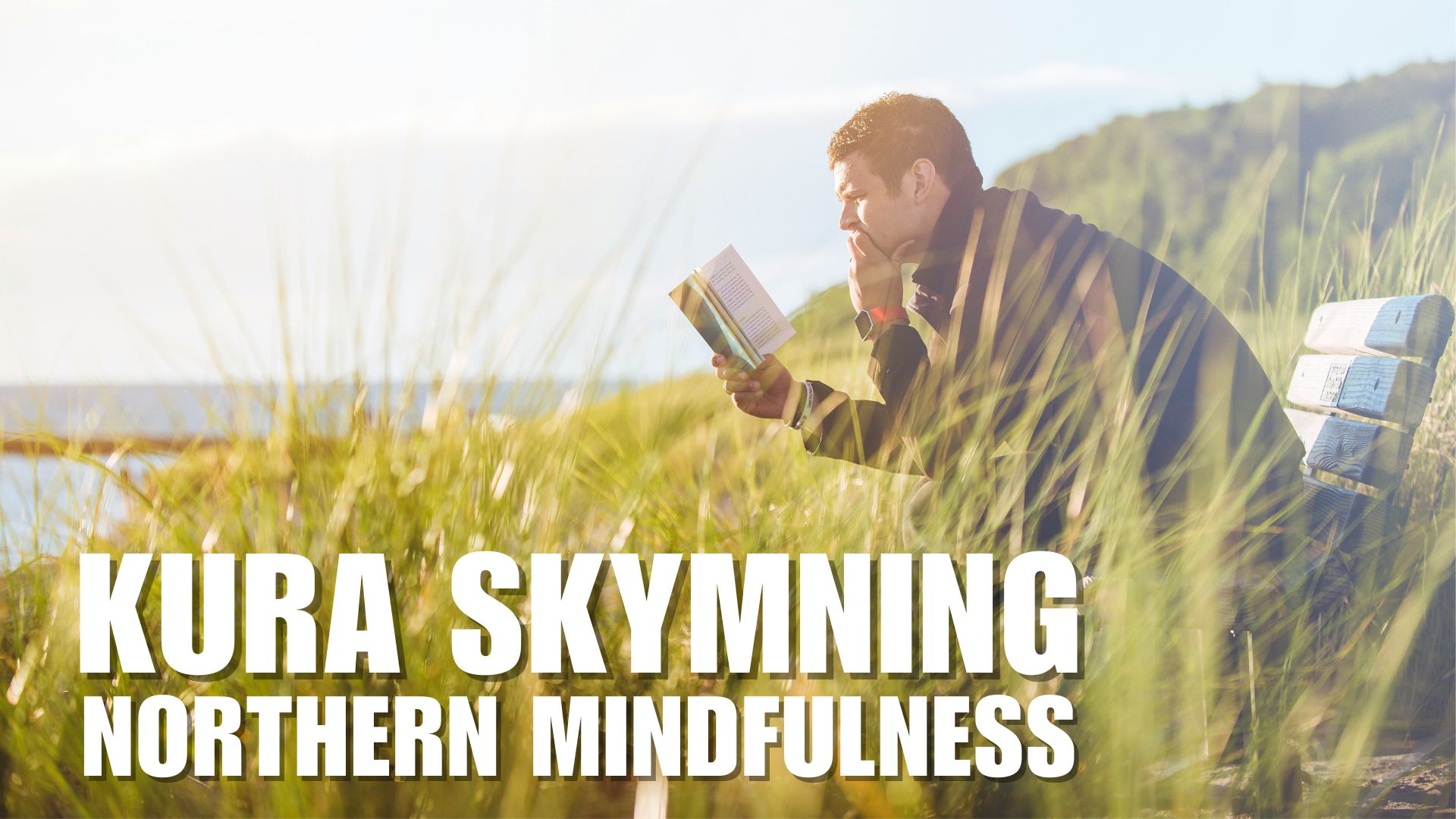Feeling stressed? Busier than ever? Hard time disconnecting and unwinding? Take inspiration from the ancient peoples of northern Europe and learn to kura skymning – the beautiful mindfulness technique that literally creates a better work-life balance.
It is no news that our modern society and lifestyle is unnatural and makes us ill. We spend ninety percent of our time indoors, and sixty percent of adults report that they sometimes feel too busy to enjoy life. The demands of modern life could have a hugely negative effect on your mental and physical wellbeing. We live our lives at 100 mph, most of us feel busier than ever, burned out, our bodies are more out of shape than ever and our brains are more frazzled than ever. Sometimes there’s so much to get done or to think about that it feels like our minds might overflow. Today’s fast-paced world and our overly productive, overly scheduled modern lifestyle is simply taking a toll on us.
Many people also wear their hectic schedules as if they were medals of achievement. It’s good to stay busy and in motion, but very often people don’t know what difference their jobs, duties and appointments really make – they just know it looks good to be busy. The western world often equates busyness with success, no matter what this busyness means and leads to.
Social media plays a significant role in perpetuating this ’busy culture’. With a smartphone you can show off how good you are and what a perfect life you have 24/7. Tech sure makes life easier, but being constantly connected, visible and accessible gives the feeling that you mustn’t stop, there’s no end, no break, no leaving work at the office until tomorrow. With high demands, culturally encouraged busyness and being constantly accessible and visible it’s close to impossible to disconnect and slow down. And with this comes anxiety and feelings of guilt. It’s essential to reevaluate our relationship with busyness and prioritize work-life balance.
Learn how to Kura skymning
One way to improve this balance is to add a clear marker between work and free time or downtime. One such marker is to take up the ancient Nordic and Germanic tradition of kura skymning. First of all, we’re not supposed to constantly look back and regress to old times. Instead we should live here and now, and strive to develop. But we should do so in a smarter and healthier way. Let’s do that by being inspired by our ancestors.
Kura skymning – literally ‘huddle at dusk’ – is the ancient Nordic and Germanic tradition of acknowledging that the work day is over, a wholesome and natural little mindfulness practice. Easy to practice even for the stressed people of today.
For our ancestors work ended at sunset or dusk, not the least since lack of light made working complicated. People also wanted to wait as long as possible before lighting a fire or candles in order to save fuel. This was also when people returned from the fields, forests or wherever labour took place. This physical and temporal ’distance’ gave the perfect opportunity for a moment of peace and quiet. A natural little break while the sun was setting and before the evening lights were lit.
When the day’s work was finished people seized the opportunity to unwind, let the body and mind come to peace while watching the sun go down. In a sense a northern version of dolce far niente. Some used this time to sit down and rest, some contemplated and reflected (meditation is not exclusive for the east), or sat in silence with a hot beverage. People shared experiences from the day, and they told stories. Kura skymning is an in-between, a natural border and sanctuary between two states or conditions – very important for disconnecting and shifting focus. Find your own best practice and make this a habit to better distinguish between work and free time. A small step towards a healthier and more dharmic everyday life.



